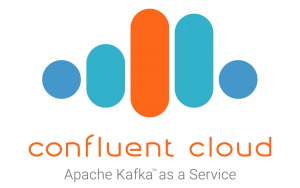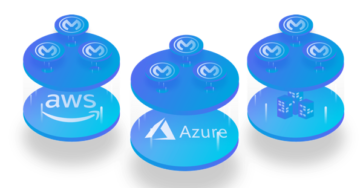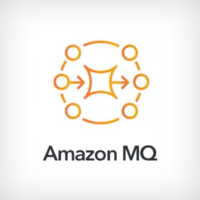Category: MuleSoft
-

Connecting to Salesforce Marketing Cloud with MuleSoft – Using the Connector – Part 2
This is the part 2 in a 3-part series on how to connect to Salesforce Marketing Cloud (SFMC) using MuleSoft. In the first part, I walked you through the process of setting up the connection between MuleSoft and SFMC. You can use the MuleSoft SFMC connector to connect using either Basic Authentication or with OAuth…
-

Upload and link files using the Salesforce Connector in Mule 4
Overview Querying or upserting data into Salesforce objects is a simple process with MuleSoft and the Salesforce Connector. You can retrieve a Contact record, or update an Account through a single operation generally in Anypoint Studio. But there are some use cases where you need to combine multiple operations to handle a task in Salesforce.…
-

Call a RPC-style SOAP Web Service in Mule 4
Overview If you’ve worked with the Web Service Consumer connector, you’ve probably run into this error message at one point when given a SOAP endpoint. RPC style WSDLs are not supported by the Web Service Consumer But don’t worry, there are workarounds to accomplish integrating with these endpoints. In this article, I’ll show you how…
-

Using OAuth JWT to authenticate to Salesforce in MuleSoft Anypoint Studio
This article will you walk through how to connect to Salesforce in your Mule application using OAuth JWT authentication. The article is divided into three parts. The first part will show you how to setup the Salesforce certificate and key store. The second will cover the setup of the app in Salesforce. The last part…
-

Create a multipart/form-data request using MuleSoft DataWeave
Calling APIs from MuleSoft is an easy process using the HTTP Connector and DataWeave. The connector gives you the ability to send requests to HTTP services and handle their response within your application flow and DataWeave gives you the ability to create the requests that need to be passed to the HTTP services in the…
-

Connect to Confluent Cloud with the MuleSoft Kafka Connector (Mule 4)
Apache Kafka, developed by LinkedIn and donated to the Apache Software Foundation, is used for building real-time data pipelines and streaming apps. It is horizontally scalable, fault-tolerant, and incredibly fast. Confluent launched as a commercial entity on top of the open-source project in 2014 and just recently released a free tier to their service called…
-

Install Anypoint Runtime Fabric on Azure
Anypoint Runtime Fabric (RTF) is a container service that automates the deployment and orchestration of Mule applications and API gateways. Runtime Fabric runs within a customer-managed infrastructure on AWS, Azure, virtual machines (VMs), and bare-metal servers. The video below walks you through the process of installing Runtime Fabric on Azure.
-

Configure the MuleSoft Database Connector to connect to Heroku Postgres
The MuleSoft Database Connector provides the ability to easily connect to any database as long as you have the JDBC driver. Here’s a quick post/walk-through on how to configure the connector to connect to Heroku Postgres. This post assumes you have a Heroku account with Postgres already added and configured. You also have Anypoint Studio…
-

File REST API in RAML
RAML, also known as RESTful API Modeling Language makes it easy to define APIs that are human friendly. A customer asked me how to model an HTTP multipart request using RAML so I put together this example. Just some background, an HTTP multipart request is an HTTP request that HTTP clients construct to send files…
-

Using MuleSoft With Amazon MQ
Amazon MQ is a managed message broker service for Apache ActiveMQ, and as a result, connectivity with Amazon MQ and MuleSoft has been there since day one. Amazon MQ makes it easy to set up and operate message brokers in the cloud and it gives direct access to the ActiveMQ console and industry standard APIs and…
